The first news of lightly salted salted fish in production came in the early 1990s. At that time, there was one producer in the Westfjords who produced lightly salted and loose frozen fillets for the Spanish market. Lightly salted frozen fish was primarily intended as a cheaper alternative to dehydrated traditional salted fish, as the processing process is considerably shorter and simpler.
Lightly salted fish is only about 1.5% salt and the salt therefore has no effect on the shelf life of the product and it is therefore necessary to use freezing as a preservation method. The customs authorities in Spain ruled some time ago that this product should be classified as frozen fish and not as salted fish, as the Icelandic authorities considered it appropriate to do.
It is hopeless to know how the export of lightly salted products has developed if only official data is used, because there were no special tariff codes for lightly salted products until after 2007, when this product had been exported for more than a decade and a half. .
In export figures from 2008, the export of lightly salted fish products is reported for the first time, and then there were 10 different customs numbers in the Customs Register in section 0305, where salted fish can be found. In the first year in which information on the export of lightly salted products is visible, 6,600 tonnes worth ISK 4.6 billion were exported.

As early as 2009, the registered export volume is almost 11,000 tonnes and almost 12,000 tonnes in 2010, but then something remarkable happens in 2011 because then exports fall to 4,200 tonnes.
What in the world happened? Did the market collapse or did exporters start to record exports in other ways? In fact, it did not take long to get confirmation that the market had not given up, but exporters had started to list the lightly salted fish as frozen fish fillets in section 0304.
The reason for these transfers was probably that products in the salted fish section 0305 were not allowed to contain phosphate. The ban on the use of phosphate in this category of products was solely to prevent the addition of added water in traditional salted fish, which was dried up by some buyers in Portugal and elsewhere.
The use of phosphate in fishery products in other sections of the Customs Tariff is not prohibited, as long as the use is within the permitted limits and the use of phosphate is marked on the packaging.
When the exporters realized that phosphate could not be used in salted fish, they reacted to the idea of exporting the lightly salted fish as frozen fillets, thereby indirectly confirming the use of phosphate. As a result, the lightly salted fish disappeared again and has not been detectable in exports since then, except to a small extent, despite the fact that the tariff codes in Chapter 0305 for lightly salted products have been significantly increased.
In fact, it was unnecessary to stop registering lightly salted products in the salted fish section, because these numbers used in Iceland are not used directly to register imports in the trading country, but are primarily used as information in the registration of seafood exports from here. The Spanish authorities had ruled that lightly salted frozen fish is not salted fish but frozen fish, so this move had no consequences other than that now we know little or nothing about the total quantity and value of lightly salted products, as the products are partly together with traditional frozen fillets and distort the image significantly.
In addition, the use of technical aids such as phosphate in the production of fish, salted fish or lightly salted products can be discussed. It is known that many people take advantage of the benefits of phosphate in production and they are obliged to report it on the packaging, but if someone tries to avoid specifying such use, it is in fact a very serious matter in itself if it turns out to be correct.
This summary of lightly salted fish is primarily intended to show how difficult it is to see the development in the production of seafood due to a known discrepancy in registration. Lightly salted fish will not be visible in export figures until half a decade after the export began, and then the producers decide to register the product in other tariff categories than the Icelandic authorities intended.
It is relatively easy to cite various other examples of successful export registrations, suffice it to say that the third most valuable species we export is called "various species". It is clear that there is no need to improve as soon as possible so that it is easy to see what we produce and how we use our marine resources for sustainable value creation.
Matís is currently working on the project "Increased value of data" together with the Association of Companies in the Fisheries Sector, the Office of the Director of Customs, Statistics Iceland, Iceland Seafood, Icelandic Group, Brim hf, Ögurvík hf and Markó Partners. The extensive co-operation shows the willingness of stakeholders in the fisheries sector to do better in registering exports. The project is working hard to make it possible to record exports in a much more reliable way than before, and the project enjoys funding from the AVS Fund. The project's employees are computer scientists Daníel Agnarsson and Friðrik Valdimarsson, and they take advantage of the idea of basing all export registrations on product descriptions, which form the basis of the standard industry of the fishing industry.
With the increased value of data in mind, detailed information will be created as soon as new products are exported to foreign markets, so there will be no need to wait for new tariff codes to be created and product development can be monitored even if changes are made to tariff codes and therefore, no one should have to worry anymore about the value of individual species or where certain products are registered in the customs numbering system.
For further information Páll Gunnar Pálsson at Matís.

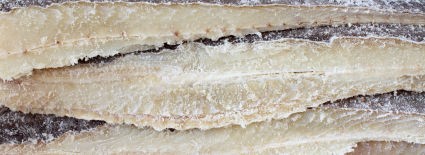
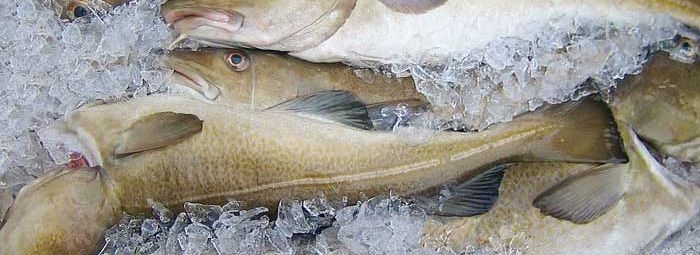
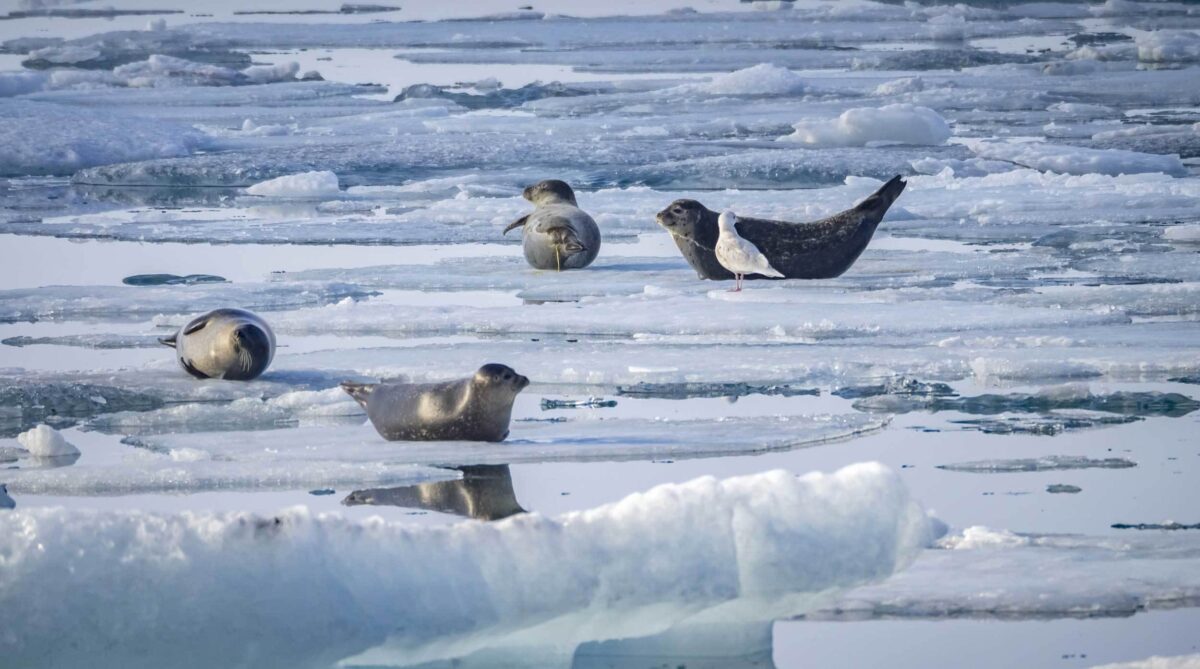
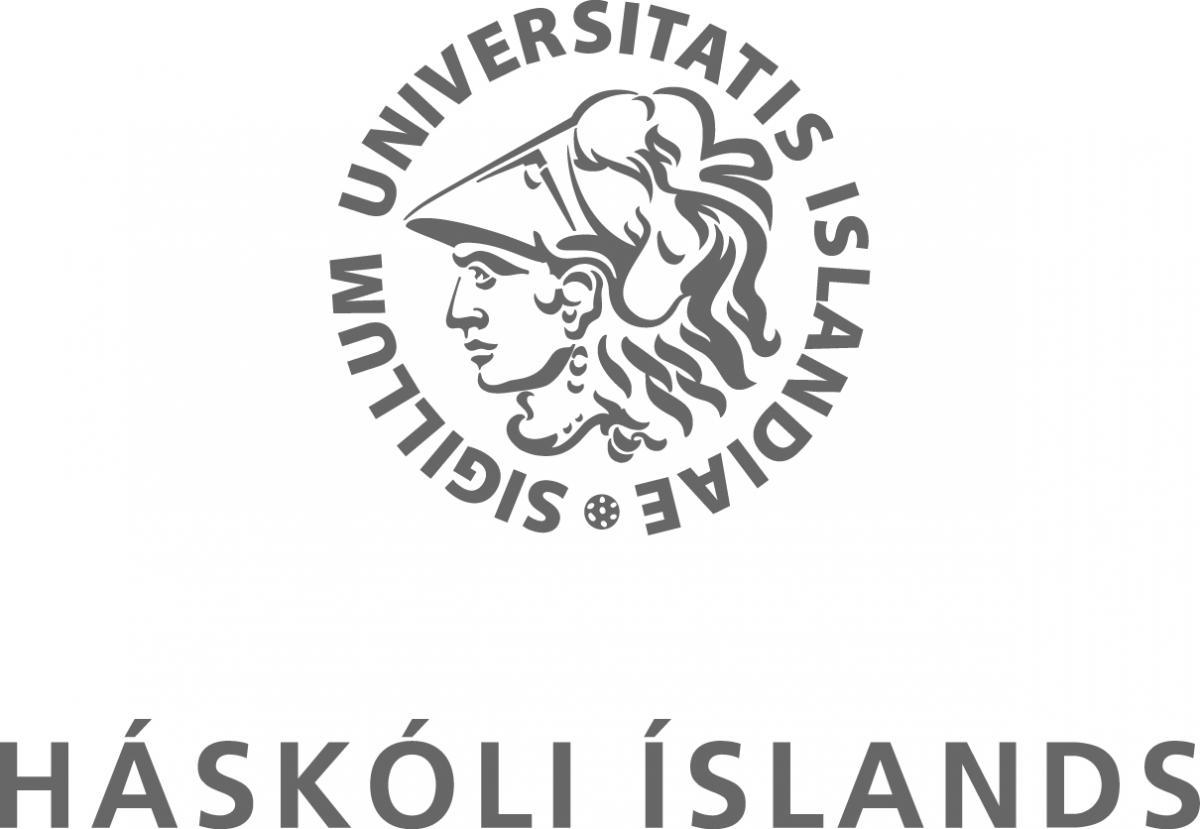



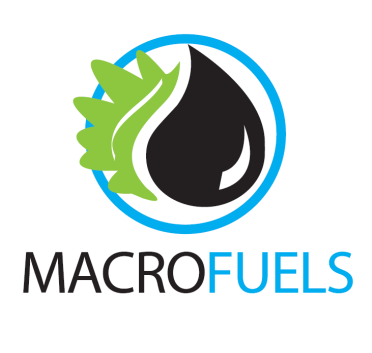

 Reykjadalur
Reykjadalur 
